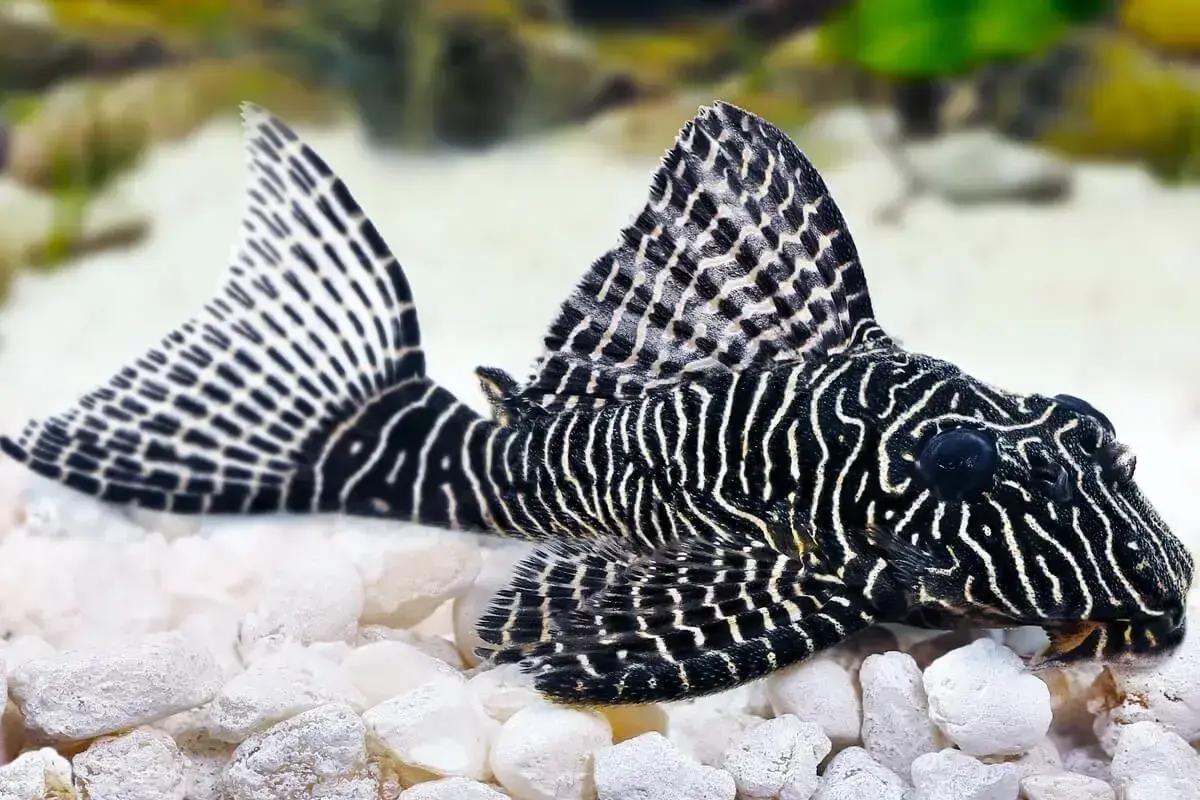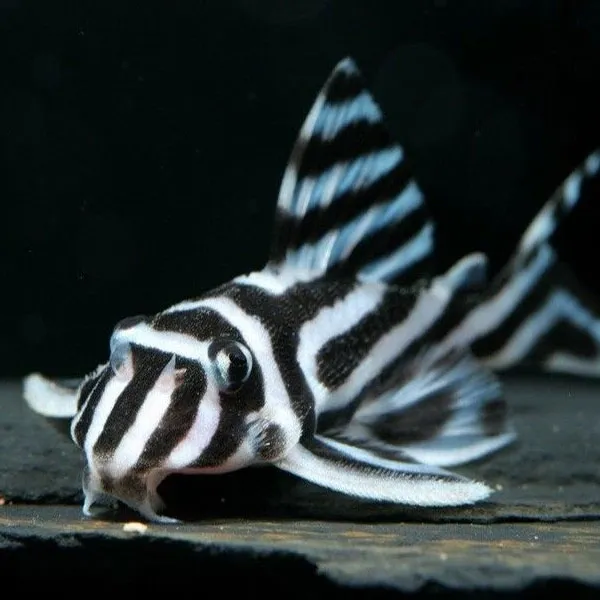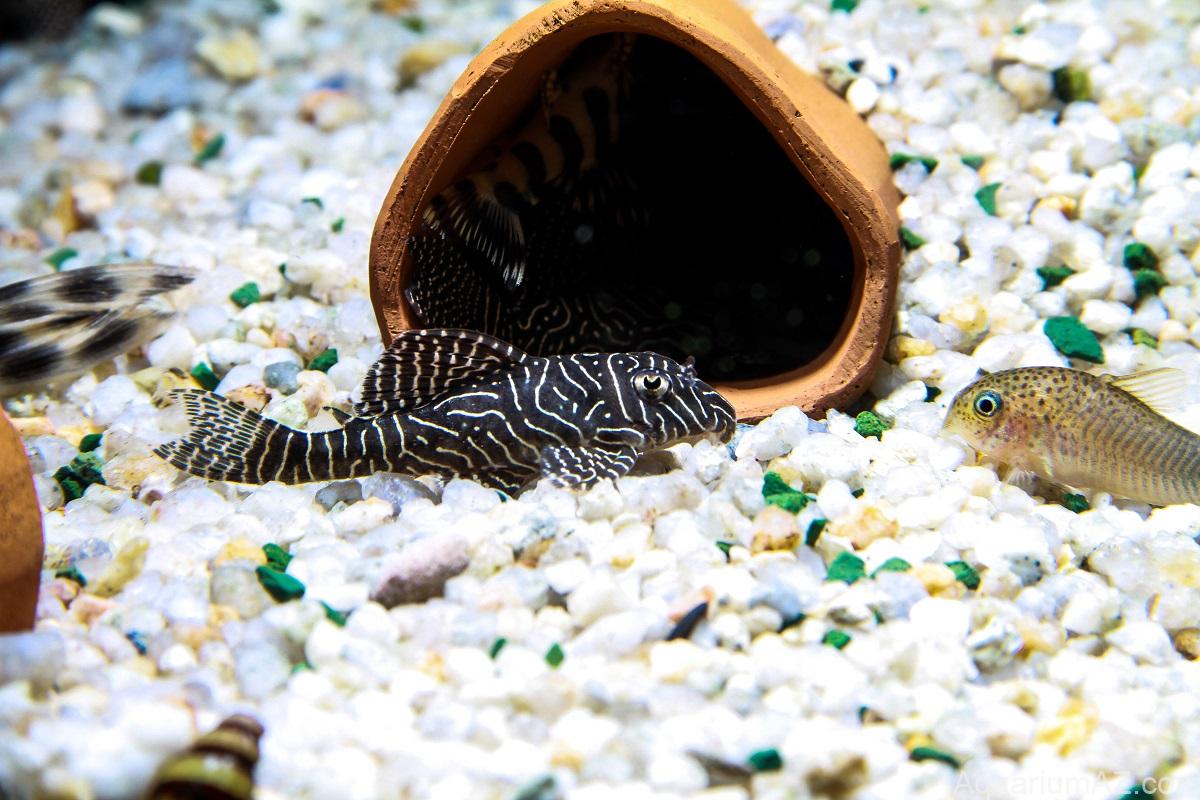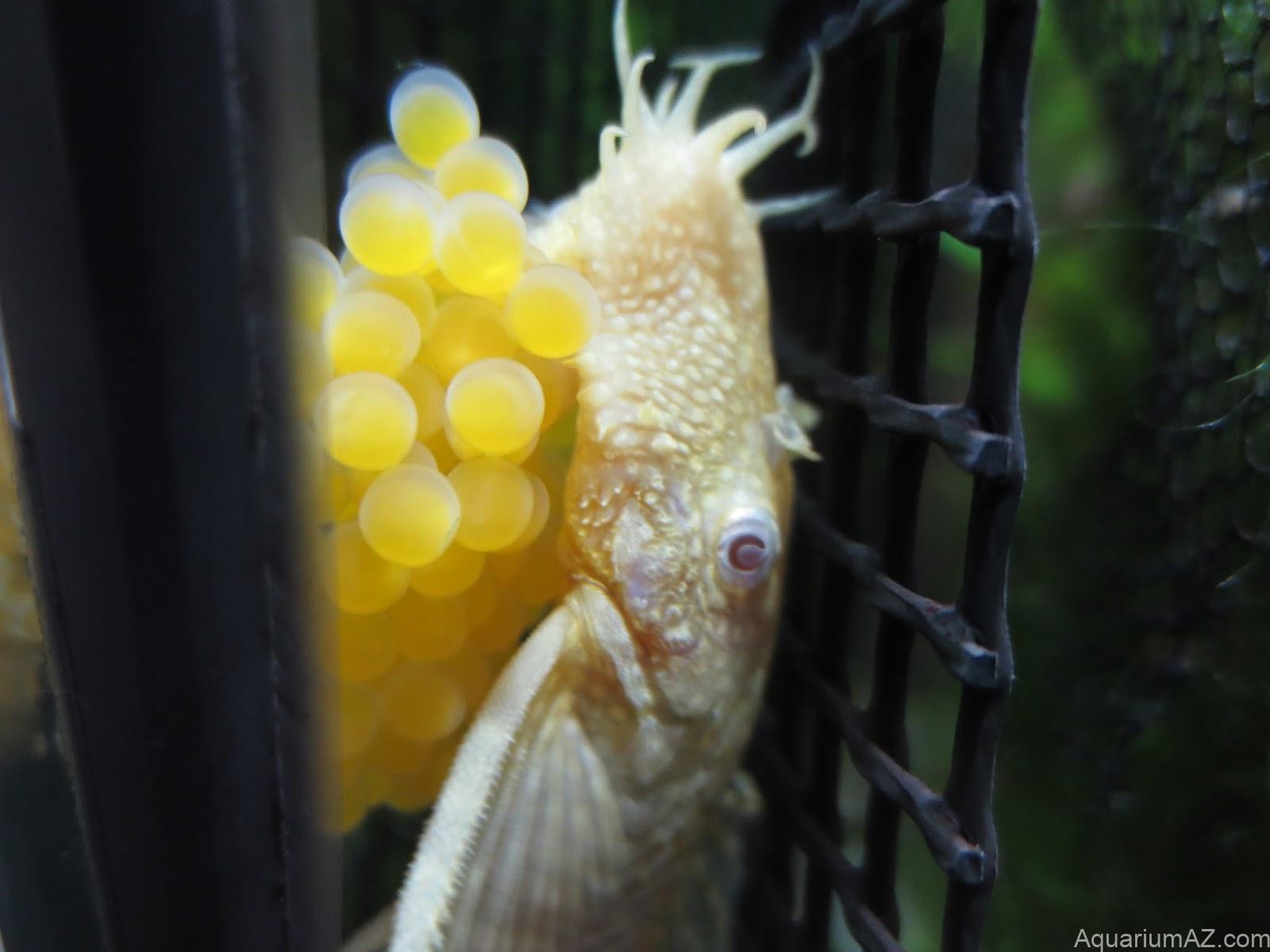The Fascinating Hybridization Potential
Have you ever wondered if your two Plecos of different species in your fish tank can crossbreed? I was curious about this too, which led me to conduct extensive research on the topic. Let’s explore the fascinating world of Pleco crossbreeding and uncover what I discovered!
So, can Plecos truly crossbreed? While it’s a rare occurrence, certain species of Plecos can indeed interbreed. However, this phenomenon occurs in exceptional circumstances and is far from the norm. It typically happens when only two closely related Pleco species are available, and crossbreeding takes place out of necessity rather than as a common practice.

Different Types of Hybrid Plecos
The Hypancistrus genus, in particular, is known for its propensity for hybridization. However, other genera, such as Leporacanthicus, Pseudacanthicus, Panaqolus, Ancistrus, and Peckoltia, also have instances of hybrids.
Below is a selection of potential cross hybrids that have been observed:
- Cross between Ancistrus dolichopterus (L 183) and Ancistrus sp. “Gelb-Schwarzauge-Schleier”
- Cross between Crossoloricaria bahuaja and Pseudohemiodon thorectes
- Cross between Hypancistrus cf. debilittera “L 340” / “LDA 19” and Hypancistrus sp. “L 411”
- Cross between Hypancistrus sp. “L 28” and Hypancistrus debilittera (L 129)
- Cross between Hypancistrus sp. “L 28” and Hypancistrus cf. debilittera “L 340” / “LDA 19”
- Cross between Hypancistrus sp. “L 66” and Hypancistrus sp. “L 201”
- Cross between Hypancistrus sp. “L 66” and Hypancistrus sp. “L 333”
- Cross between Pseudacanthicus cf. spinosus “L 160” and Pseudacanthicus leopardus
- Cross between Pseudoplatystoma corruscans and Pseudoplatystoma reticulatum
- Cross between Rineloricaria sp. “Rot” and Hemiloricaria lanceolata
- Cross between Sturisoma aureum and Sturisoma festivum
- Cross between Sturisoma festivum and Sturisoma barbatum
- Cross between Hypancistrus sp. “L 66” and Hypancistrus sp. “Gurupá”
- Cross between Hypancistrus sp. “L 136” / “LDA 5” and Hypancistrus sp. “L 333”
- Cross between Hypancistrus sp. “L 136” / “LDA 6” and Hypancistrus sp. “L 333”
- Cross between Hypancistrus sp. “L 136” and Hypancistrus sp. “L 411”
- Cross between Hypancistrus sp. “L 201” and Hypancistrus sp. “L 333”
- Cross between Hypancistrus sp. “L 260” and Hypancistrus sp. “L 333”
Please note that this is just a sample of potential cross hybrids, and there may be other combinations possible. Keep in mind that engaging in crossbreeding or hybridization should be approached with caution and adherence to proper breeding practices.
Sign up for our Newsletter ! Fish, Coral, Plant, Gear and More!
Become Part of Fish Keeper Community




